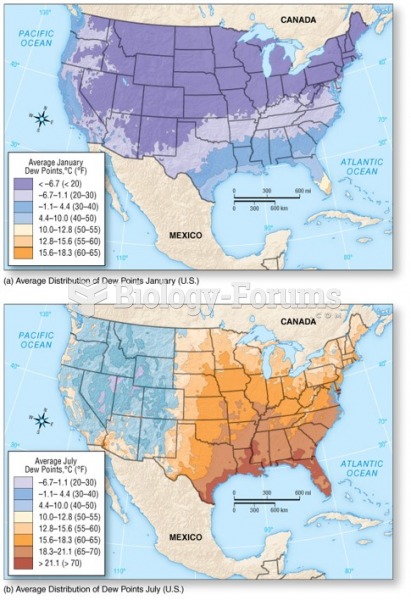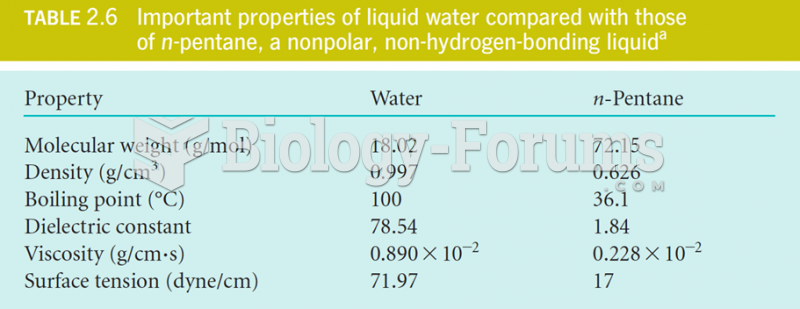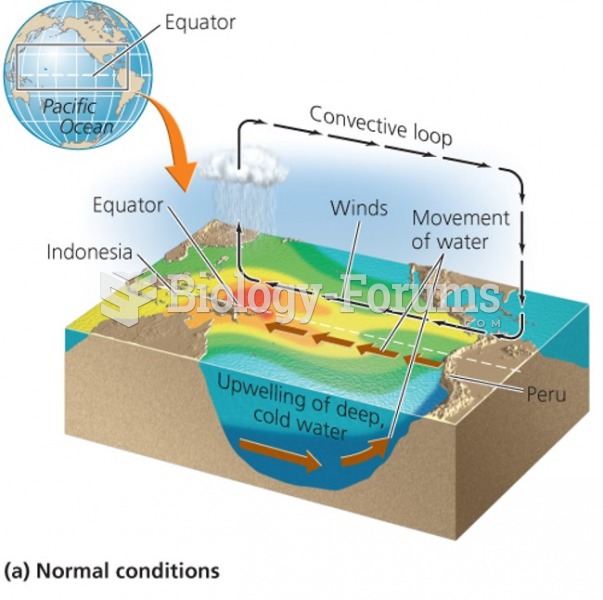Answer to Question 1
Spectra of the Sun and other stars are formed as light passes from their photospheres outward through their atmospheres. Three important properties of spectra are the following:a. There are three kinds of spectra described by three simple rules. When you see one of these types of spectra, you can recognize the arrangement of matter that emitted the light. Dark (absorption) lines in the Sun's spectrum are caused by atoms in the Sun's (or Earth's) atmosphere between you and the Sun's photosphere. The photosphere itself produces a blackbody (continuous) spectrum.b. The wavelengths of the photons that are absorbed by a given type of atom are the same as the wavelengths of the photons emitted by that type of atom; both are determined by the electron energy levels in the atom. The emitted photons coming from a hot cloud of hydrogen gas have the same wavelengths as the photons absorbed by hydrogen atoms in the Sun's atmosphere. Although the hydrogen atom produces many spectral lines from the ultraviolet to the infrared, only three hydrogen lines are visible to human eyes.c. Most modern astronomy books display spectra as graphs of intensity versus wavelength.
Answer to Question 2
The Sun is in constant activity as the heat comes up from below. In good photographs, the photosphere has a mottled appearance because it is made up of dark-edged regions called granules, and the visual pattern is called granulation. Faded granules are continuously replaced by new ones. The color and the amount of light from different portions of the granules show, by both Wien's law and the Stefan-Boltzmann law, that granule centers are a few hundred degrees hotter than the edges.Astronomers recognize granulation as the surface effects of rising and falling currents of gas in and just below the photosphere. The centers of granules are rising columns of hot gas, and the edges of the granules are cooler, sinking gas. The presence of granulation is clear evidence that energy is flowing upward through the photosphere by a process known as convection.







